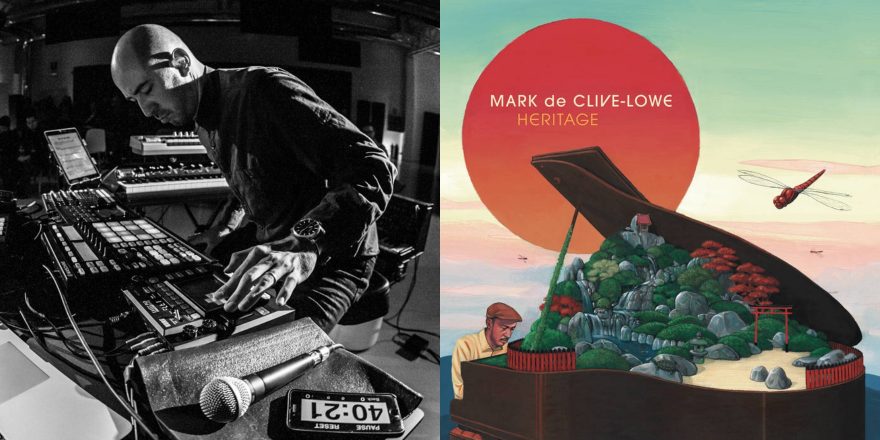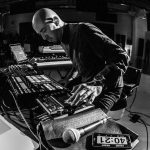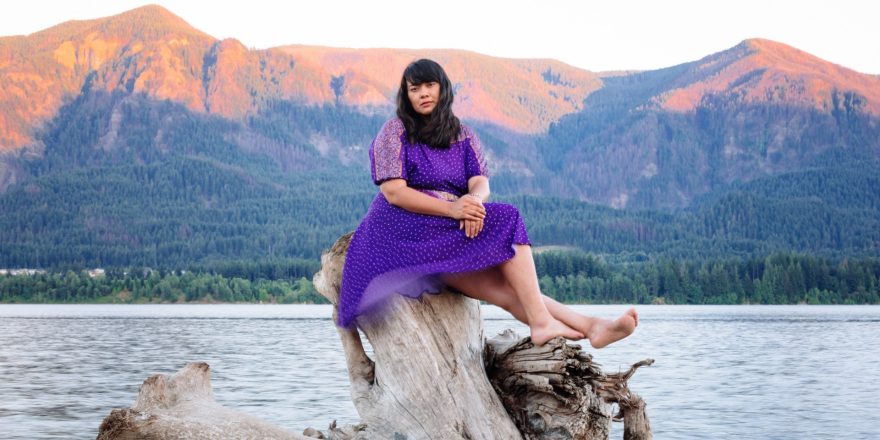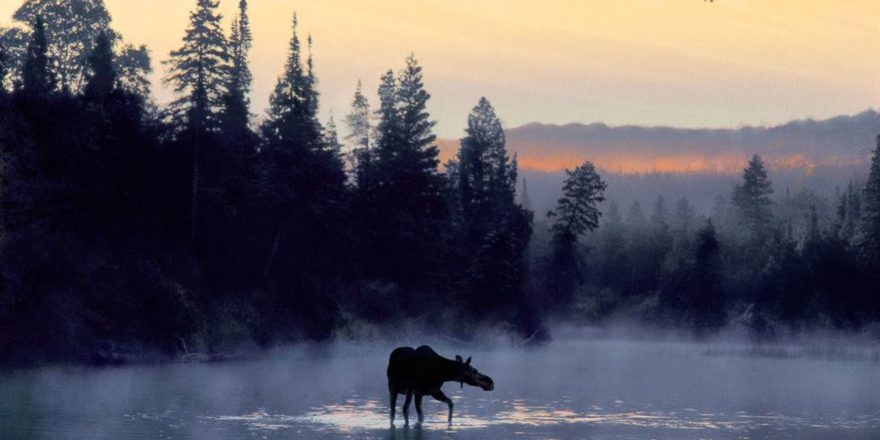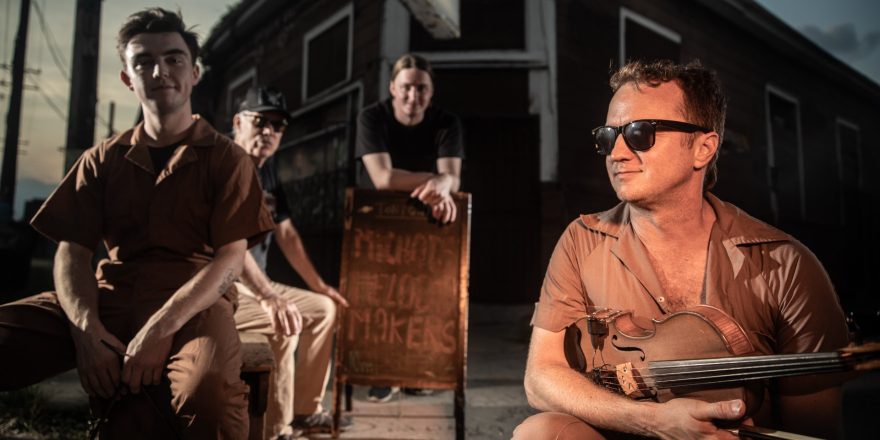Heritage is a deeply personal identity journey for me. It’s about understanding where I’m coming from—my roots and my ancestry—in order to understand where I’m going, and bringing that into my creativity through music. I grew up primarily in New Zealand, as well as Japan, and life was a bicultural, bilingual blend of those two countries from the get-go. I think I took a lot of that at face value, not really digging into what being biracial actually meant beyond the food we ate and the language we spoke. Growing up not being surrounded by any other biracial kids, apart from my own brothers, made it more of an anomaly than something I could easily understand my personal relationship with. I finished high school in Yokohama, near Tokyo, and that experience definitely had a huge impact on me with its total cultural and linguistic immersion, but it would be years until all these experiences started to translate into music.
Over the past few years, I’ve been thinking about how to be more rooted in my own cultural identity with my art. With identity, immigration and xenophobia being such topical socio-political conversations, there was plenty to relate to in my “otherness,” but very few examples that were literally parallel to my own experience. I wanted to understand what it means to be a creative professional while being of specific ethnic and cultural descent. How can these two things come into alignment? I think relocating to LA 10 years ago has helped me start to find the cultural connection; there’s such a huge and vibrant Japanese-American community here and I’ve been fortunate to tap into some of it. Beyond that though, over the past three years I’ve been going to Japan a lot more often, and finding that every time I go, I feel that ancestral and spiritual connection more and more. Being there feels so right to me. I feel it in my soul and in my breath. I completely relate to the perspectives, aesthetics, and societal norms there which probably seem to alien to many westerners.
The Japanese have a really beautiful way of finding balance in all things. Whether it’s traditional Japanese gardens or an urban city skyline, a centuries-old traditional tea ceremony or the way everyone embraces the coming of Spring each year (and their sake bottles) when the sakura blossom, everything has its place and thereby its part to play in the balance of all things. Yin and Yang, so to speak. That’s been one of the most significant things I’ve leaned into for this project—that feeling of esoteric yet universal balance. Musically, that means not over-complicating anything and finding the zen balance in the simplest of melodies and ideas.
Composing this music, I’d reach back into childhood memories of folk stories and folk songs, my teenage interest in martial arts and the samurai, and my own memories of experiences in Japan. It was surprisingly easy to write music this way, reaching into something that I know the feeling of so intimately and then creating music–melodies, harmonies, rhythm — into compositional form to align with the feelings I was reflecting on. It all came out so naturally and was easy for me to know with certainty that yes, this composition aligns with the frequency of these feelings and memories: It rings with truth and honesty. The production aesthetic of how I like to create didn’t necessarily change a lot for this project, but the DNA of it, the musical building blocks have a completely other intention and design. Unlike other projects where I might have tried to make the dopest beat or hippest jazz, this was simply about expressing myself and finding that point of connection between my instrument, my art, my heart, my roots, and my ancestry.
Summer 2017 I did my first show playing the new material — “Mirai no Rekishi (History of the Future)” — blending these new compositions with my jazz group with the addition of traditional Japanese instruments: shinobue, koto, taiko, and bilingual rapper Shing02 on mic and Vestax Faderboard. That show was a one-off performance, but it felt so powerful and resonated with me in a way that I’d never experienced playing music before — I knew there was more of the story to come. The next time I performed the material was early 2018 at Yerba Buena Center for the Arts in San Francisco, this time with only one traditional instrumentalist, Kaoru Watanabe, and my regular band. That second show was the one that made me realize that I had a whole project of music that needed to be recorded and shared with the world.
So, a few months later, I played a three-night residency at LA’s Blue Whale jazz club with my regular band and recorded all six sets. The Blue Whale is one of my favorite rooms to play in the world — there’s something magical there how the music comes alive in a very unique way. As well as the material from the original “Mirai no Rekishi” show, I’d written some new material and knew for sure there was an album’s worth. We went into studio for one day a few weeks later and recorded the material one more time, and then I edited that all together for the album. I had a moment once everything was finished and I was listening to it all when I realized that I had not one, but two albums, hence Heritage and Heritage II (due out April 5).
The more I talk about Heritage, whether it’s to press, live audiences, or friends, I’m constantly realizing new things about my connection to my ancestors and my Japanese roots. There are some of my compositions that I’m only now starting to fully understand how deep the meanings go—and understanding that the music is literally encoded with my ancestry and heritage. It’s humbling and heartwarming when I perform the music live and the audience is so committed and open to it. It seems to resonate with anyone’s cultural roots no matter where they’re from, and it’s a much-needed reminder in this place and time in history of how imperative ancestry and roots are. The xenophobes would have us believe that stronger cultural roots and identity will only serve to bring about problems, but as a biracial child of the planet, I know better. Understanding my ancestry brings with it honor, honesty, compassion and love. If those things can’t make our world a better place, I don’t know what can.



